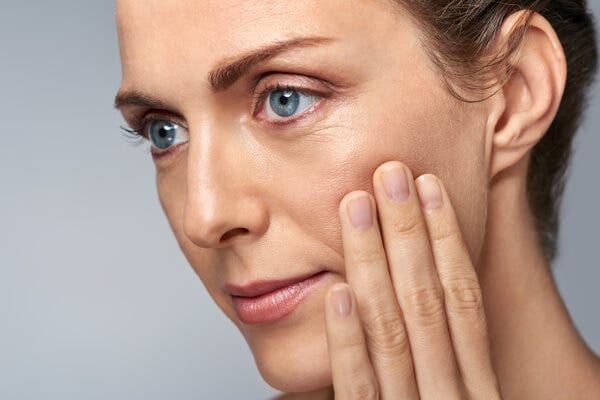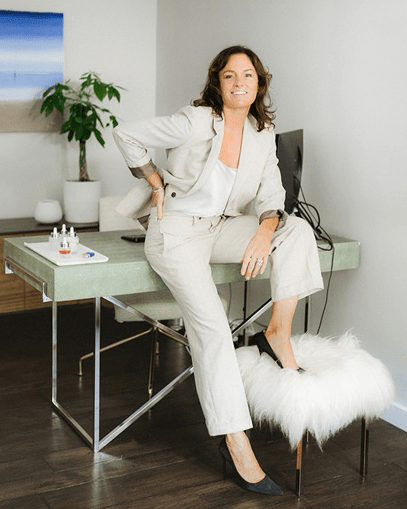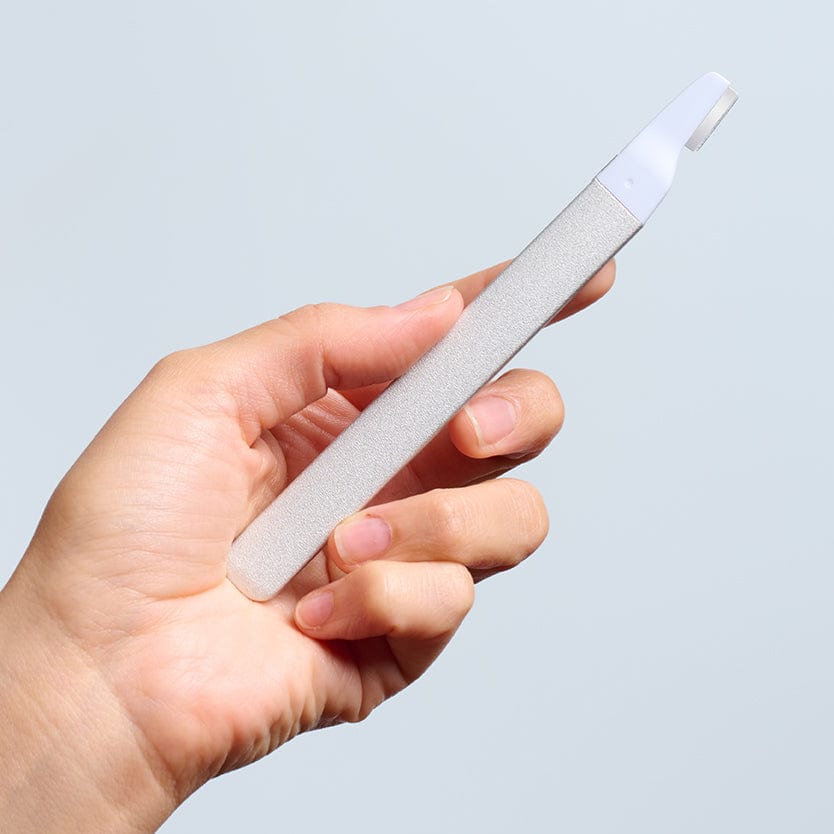Vitamin A in Skincare: What It Is, How It Works, and What to Use
Written by Kerry Benjamin

Vitamin A is the gold-standard skincare ingredient for aging, acne, and dullness. Retinol and retinoids are its most powerful forms, increasing cell turnover, boosting collagen, and clearing pores. Choosing the right form—and using it properly—makes all the difference.
What Is Vitamin A in Skincare?
Vitamin A is the powerhouse behind skincare heroes like retinol, granactive retinoid, and prescription retinoids like tretinoin. These ingredients accelerate skin renewal, revealing smoother, firmer, clearer skin while reducing breakouts and fine lines.
What Do Retinoids Actually Do?
“Retinoid” is a catch-all for all Vitamin A derivatives used topically—from over-the-counter products to prescriptions.
They work by:
- Increasing cell turnover
- Pushing out clogged oil and dead skin
- Fading dark spots and discoloration
- Smoothing wrinkles and fine lines
- Boosting collagen
How Do Retinoids Work?
Retinoids must be converted into retinoic acid before your skin can use them—unless they already are (like prescription or granactive retinoids). The fewer conversions needed → the stronger the effect → the faster the results. But faster often means more irritation… unless you’re using granactive retinoid.
Here’s how they compare:
| Type | Conversion to Retinoic Acid | Irritation Risk | Speed of Results |
|---|---|---|---|
| Prescription (Tretinoin) | None – already retinoic acid | High | Fastest |
| Granactive Retinoid | None – binds directly to receptors | Low | Fast |
| Retinaldehyde | 1 step to retinoic acid | Moderate | Fast |
| Retinol | 2 steps (→ retinaldehyde → RA) | Low-Moderate | Moderate |
| Retinyl Palmitate | 3+ steps | Low | Slowest |
Granactive retinoid (used in our Advanced Retinol Serum) is unique: it binds directly to retinoid receptors in your skin, delivering real results without the dryness and peeling associated with traditional forms.
Which Retinoid Should You Use?
Just Starting? Use Retinol
It’s gentle, widely available, and effective for beginners—especially when paired with hydration.
Sensitive Skin? Use Retinyl Palmitate
It’s the mildest version but delivers limited anti-aging or acne-fighting results.
Acne-Prone? Try Adapalene (Differin)
Great for clearing breakouts and inflammation. Now available OTC.
Want Stronger Results? Look for Retinaldehyde
Stronger than retinol and still OTC, retinaldehyde converts more directly to retinoic acid for faster benefits.
Want Results Without the Peeling? Use Our Granactive Retinoid
Our Advanced Retinol Serum uses granactive retinoid (hydroxypinacolone retinoate)—a next-gen form of Vitamin A that converts directly into retinoic acid, delivering visible results without dryness or flaking.
Unlike traditional retinol, our formula is:
- More effective and less irritating
- Ideal for targeting fine lines, breakouts, and dark spots
- Infused with Bakuchiol (a plant-based retinol booster)
- Strengthened with Vitamin C + Ferulic Acid for brightening and antioxidant protection
- Balanced with a Humectant Complex of 4 hyaluronic acid forms + glycerin to deeply hydrate
Apply 3–5x per week at night. Start slow. Layer with EGF Serum and HA Serum for best results.
Prescription Retinoids
These are stronger, faster-acting formulas prescribed by dermatologists:
- Tretinoin
- Tazarotene
- Trifarotene
They’re more potent but often cause more irritation. Not necessary for everyone—especially if you're seeing results with over-the-counter options like granactive retinoid.
How to Use Retinoids the Right Way
- Start slow: 1–2x per week, then build to 3–5x/week
- Use at night only (UV light degrades retinoids)
- Always wear SPF 30+ in the daytime
- Hydrate + seal: Use a moisturizing serum and oil on top
- Avoid while pregnant or nursing
- Skip before waxing or facials
Not ready for retinol yet? Our EGF Activating Serum is a gentler alternative that boosts cell turnover without any irritation.
Kerry’s Recommended Retinol Routine
- Cleanser: Prebiotic Gel Cleanser
- TCA Multi-Acid Face Peel – 3–5x/week to exfoliate
- EGF Activating Serum – Calms and accelerates healing
- Advanced Retinol Serum – 3–5x/week PM only
- HA Hydrating Serum – Plumps and soothes
- Microbiome moisturizer - daily
- SPF 30+ every AM – Non-negotiable
FAQ: All About Retinol & Vitamin A
Is retinol the same as retinoid?
No. Retinoid is the full category. Retinol is just one (gentler) type of retinoid.
Can I use retinol every night?
Eventually, yes. But start 1–2x/week, then increase to 3–5x/week as your skin adapts.
Will retinol make me peel or purge?
It can—but it’s temporary. Stick with it, use calming products, and avoid over-exfoliating.
At what age should I start using retinol?
Late 20s to early 30s is ideal, but it’s never too late. Just adjust the strength to match your skin’s needs.
Can I use acids and retinol together?
Yes, but go slow. Use on alternate nights or layer acids like the TCA Face Peel first, then retinol if your skin can tolerate it.
What’s a good retinol alternative?
EGF Activating Serum—it supports cell turnover, healing, and smoother skin without the side effects.
About the Author

Kerry Benjamin, a licensed aesthetician, has over 14 years of experience. Kerry is the driving force behind StackedSkincare. As the company's CEO, Kerry has dedicated her career to revolutionizing skincare. Her innovative approach combines peels, serums, and specialized tools to effectively address a wide range of skin concerns. CA LE license number Z98459.

